#Taiga bean goose
Text
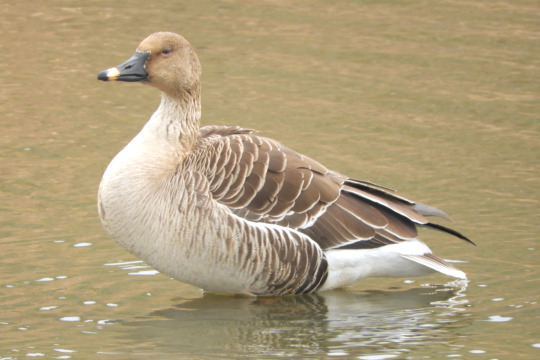
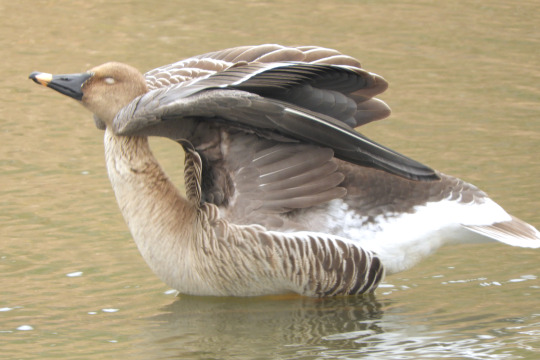
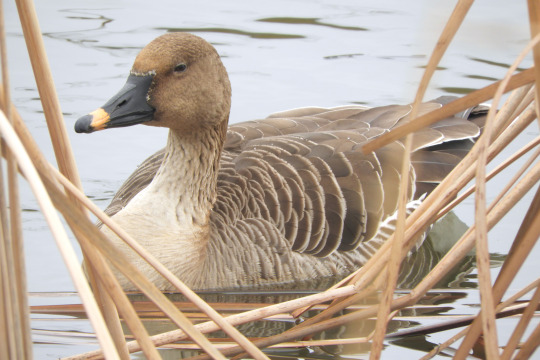

オオヒシクイ。
Taiga bean goose.
254 notes
·
View notes
Text
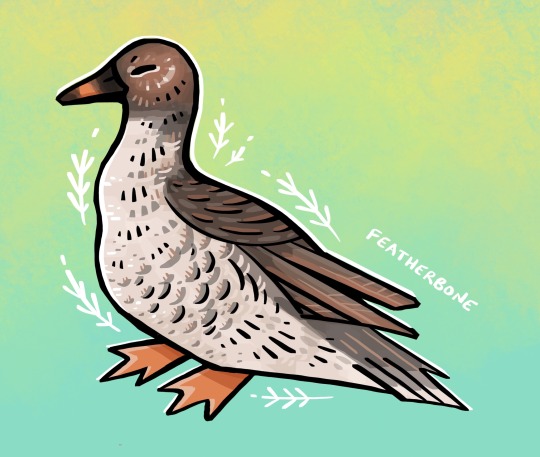
Taiga bean goose!!!!! Not to be confused with tundra bean goose! 🦆
[ID: an illustration of a brown goose with a lighter underside facing to the left with a content expression. It is on a teal gradient background with stylized leaves. End.]
137 notes
·
View notes
Text
Birds of the March of Maedhros
World building list for geography and environment and ecology
Flowers of the March
The March of Maedhros was a cold realm in Northeastern Beleriand. It was located slightly Southeast of Dorthonion and south of the planes and meadowlands of Lothlann and Ard Galen. The March was a cold region with taiga forested hills and icy waters, including the sources of several rivers, namely Celon and Little Gelion which were located in the other Hills around Himring.
The March falls between the cold mountains on the Southern and Eastern borders of Dorthonion and the mountainous regions of the Gap and Thargelion on its own Eastern border. The cold likely comes from a combination of its proximity to the Ered Engrin and Ered Gorgoroth, especially given the boreal forested region of Dorthonion, as well as altitude in some parts of it. I go into this more on other posts!
Like my other posts of this kind I will include more world building notes at the end (relationship between people/elves and the fauna, symbology or significance of certain species in local cultures, etc), otherwise this would just be a long list of species
Primarily the plains and hills: hazel grouse, snowy owl, gyrfalcon, snow bunting, russet sparrow, dunlock, griffon vulture, pale harrier, rough legged buzzard, rooks, black lark, snow goose
Both forests and plains/moors/hills: willow ptarmigan, black grouse, black winged kite, golden eagle, common raven
Boreal forests: arctic redpoll, tawny owl, wood warbler, rustic bunting, pine grossbeak, grey streaked flycatcher, northern goshawk, boreal owl, mistle thrush
Other:
Water rails live in the few wetlands, particularly those dominated by Phragmites species of reeds. Ospreys or river hawks also nest along the rivers.
Tufted ducks can occasionally be found in rivers and ponds
Primarily migratory:
The Tundra bean goose is a migratory bird that has breeding grounds in the taiga lands of the March. The tundra swan is another migratory bird that breeds at the March in the plains and moorlands. Common cranes breed and roost in the boreal forests but travel south during the colder months. Common nightjars live part of the year in the forests and hills and travel to warmer weather in winter.
There is a population of merlin that lives part of the year in Willow and birch trees as well as taiga forests of Himring, migrating yearly to warmer weather.
World building notes:
-The meat and eggs of many species are eaten in the March and in surrounding regions. Feathers and down are sometimes used in clothing and blankets, as well as feathers for quills. Many quills in Himring itself are metal but more rudimentary one from feathers are commonly used too.
-A number of birds are used in personal sigils, which many of the lords of Himring have. These are used for heraldry, signages, and other symbols. Common cranes, snowy owls, willow ptarmigans and gyrfalcons are some examples. A gyrfalcon is the sigil of one of the troops of scouts of Himring that patrolled during the watchful peace.
-Several species are also used for hunting and scouting. These include both native species as well as populations brought by the Noldor.
-Barn owls for their pale complexion and eerie sounds unlike many species of owls are a subject of folklore throughout Beleriand. They are locally known as pale hunters. (I have an upcoming post specifically about this but given their connection to ex thralls, they’re particularly relevant to Himring)
-The returning of some species, the presence or absence of others is often used as indicators of seasonal changes and potential climate factors.
-Noldorin naturalists during the watchful peace write extensive observations on the climate of the March and its relationship with its birds.
As always please feel free to ask more!!
24 notes
·
View notes
Text
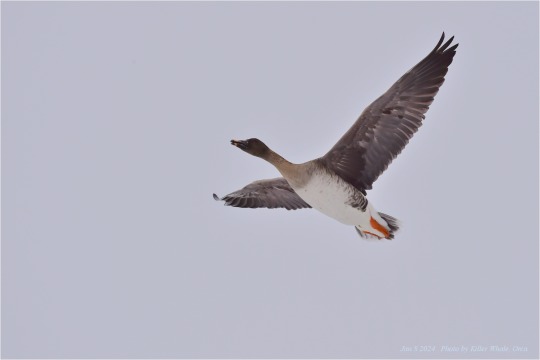
絶滅危惧種のオオヒシクイと出会った。
カムチャッカのズベズドカン湖近辺から飛来したのか、越冬に新潟県福島潟に来てくれた集団の一羽だ。
オオヒシクイは絶滅危惧種指定 準絶滅危惧(NT)に分類され保護鳥だ。因みにヒシクイは絶滅危惧Ⅱ類(VU)で、より数が少なく大事に保護しないといけない種だ。
そんな希少な渡り鳥を見ることができて、心の隅に暖かい感情が沸く。そして尚一層、彼らが採餌できる汚染されてない環境を見守らないといけないと考えている。
今日は1月8日に撮ったオオヒシクイをアップしたが、採餌している田圃ではコハクチョウたちと仲良く食事をしていた。
そんな平和的な光景が好きだ。そしてその実態写真こそ、芸術写真の最たるものだと思う。
I came across an endangered species, the Taiga Bean Goose.
It may have flown in from the area around Lake Zvezdokan in Kamchatka and was part of a group that came to Niigata Prefecture's Fukushima Lagoon to overwinter.
#オオヒシクイ 絶滅危惧種
0 notes
Photo


本当に美しいヒシクイ@ロシアヒシクイなのか?
絶賛ヒシクイラビリンスなんだけど・・・過去に投稿してたヒシクイ絡みのやつにニシヒシクイっぽいのが2つもあった。綺麗に撮れた・・・いや、綺麗なヒシクイをアップした結果なのか・・・
ヒシクイ・・・ここいらのは、大体オオヒシクイって言われてるんだけど・・・ってマガンよりもブサイクってイメージなんだけど、これは美しいヒシクイで、ロシアヒシクイなのか?って思うけど、かなり大きいです。オオヒシクイの大きい個体くらいで、普通にオオヒシクイなのかもしれないけど、7羽の群れだったんだけど、コハクチョウと一緒にいてサイズ比較では間違いは無く・・・めっちゃ近かったし・・・、他の個体は普通のオオヒシクイサイズだけど、本当に綺麗すぎな個体・・・で、他の個体も綺麗な群れで・・・こんなに綺麗なオオヒシクイの群れって見たことなかった・・・。
仮説・・・いや、妄想だけど、今までの流れで、これがヒメヒシクイの群れにロシアヒシクイが混じってたってたならしっくりいくんだけど、本当によう分からん・・・
ま、ロシアヒシクイは嘴のオレンジの部分がもっと大きいのが定説なんだけど・・・tiga bean gooseやモスクワ動物園で撮ったと言うphotostockにそっくりなのがあるんだけど、これが何ヒシクイなのか確定出来る事は書いてない・・・
4 notes
·
View notes
Photo
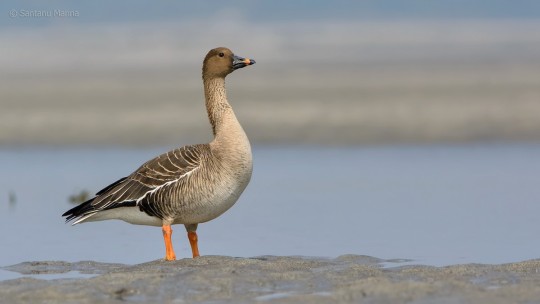
Animal of the Day:
Taiga Bean Goose
0 notes
Photo
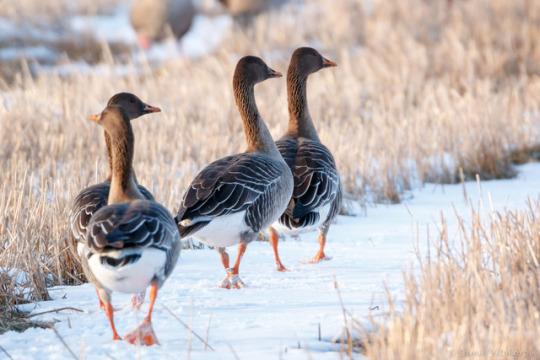
Taiga Bean Goose (Anser fabalis) >>by Sami Peltokorpi
214 notes
·
View notes
Video
Taiga bean goose Calling, Lissen Birds - Natural Birds Voice, Bird Natur...
0 notes
Text
Taiga bean goose - Rietgans taiga - Anser fabalis sensu stricto [African grey]
Taiga bean goose – Rietgans taiga – Anser fabalis sensu stricto [African grey]
The bean goose is a goose that breeds in northern Europe and Asia. It has two distinct varieties, one inhabiting taiga habitats and one inhabiting tundra. These are recognised as separate species by the American Ornithologists’ Union, but are considered a single species by other authorities, such as the British Ornithologists’ Union. It is migratory and winters further south in Europe and Asia.
Th…
View On WordPress
#African grey#african grey birds#amazon bird#arrots and egg laying#birds#birds eggs#black palm cockatoo#blue and gold macaw#buy parrots and eggs#Buy parrots online#cockatoo birds#fertile eggs#fertile parrots eggs#hyacinth macaw#incubators for sale#lovebirds#macaw#ostrich#parrots#parrots and eggs#parrots and eggs farm#parrots and eggs for sale#parrots and eggs sells#Parrots Eggs#parrots eggs hatching#parrots eggs incubator for sale#parrots fertile eggs#parrots for sale#scarlet macaw#toucan birds
0 notes
Text
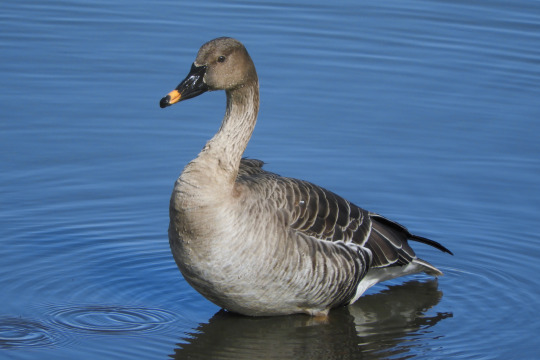
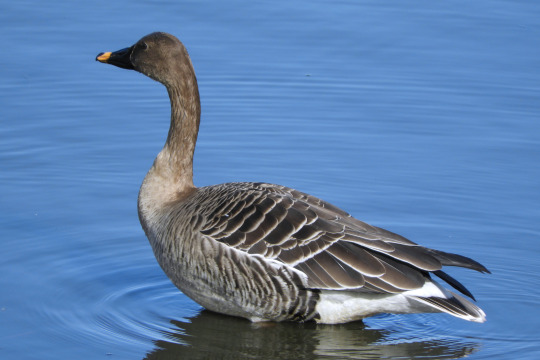


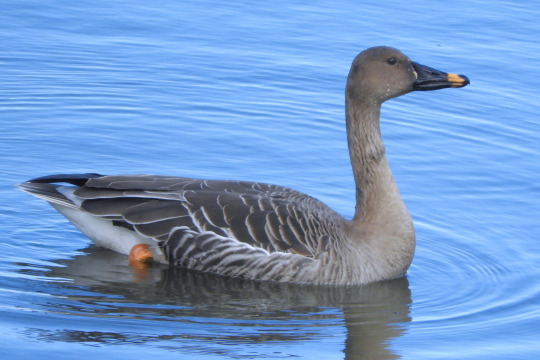
オオヒシクイ.
Taiga bean goose.
71 notes
·
View notes
Photo
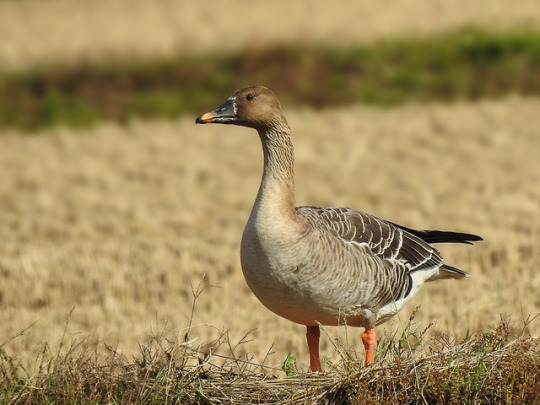

ニシヒシクイ撮ってたのか?@2017/10/31
昨日、オオヒシクイを撮ったのだけど、嘴のオレンジの部分がやけにオレンジ色で脚も鮮やかなオレンジでとアレレなヒシクイがいたので調べるとニシヒシクイやロシアヒシクイってのもいるみたいで、ニシヒシクイは嘴の基幹部に僅かに白い毛があるので撮ったのとは違うと確認して、過去の画像を見ていると、あれ?嘴の基幹部が白いのがいる・・・・
それにしても情報が少なすぎ。。。英語だとWestern bean gooseだけど、画像検索だと、Taiga bean gooseってのがそれっぽいけど・・・。
それにしても、野鳥のラビリンスは深い・・・
ちなみに、ロシアヒシクイは嘴のオレンジの部分が上の方まで伸びていて大きいってイメージみたいな・・・・知らんけど・・・
7 notes
·
View notes